2018 Views· 29 August 2024
SP Daylight 4449 Train Crash Animation Short Film
Creating a short film about the SP Daylight 4449 train crash would involve a few key steps, particularly if you're aiming for a high-quality animation. Here's a guide on how you might approach it:
### **1. Research and Story Development**
- **Historical Accuracy:** Start by researching the SP Daylight 4449 to understand its history, significance, and any specific incidents or crashes involving the train. The 4449 is a famous steam locomotive that has been well-preserved, so if your short film involves a fictional crash, ensure the story is well-crafted and respectful to its legacy.
- **Script Writing:** Develop a script that tells the story of the crash. Focus on the build-up to the incident, the crash itself, and the aftermath. Consider what themes or messages you want to convey.
- **Storyboard:** Create a storyboard to visualize each scene. This will help you plan the shots, angles, and animation sequences.
### **2. Pre-Production**
- **Modeling:** Depending on your animation software, you'll need to either create or source 3D models of the SP Daylight 4449 train, the environment, and any other relevant assets (e.g., tracks, landscape, buildings).
- **Rigging:** Ensure the train model is rigged properly if it's going to be animated. This includes setting up the wheels, pistons, and any other moving parts.
### **3. Animation**
- **Animating the Train:** Use your storyboard to guide the animation process. You'll need to animate the train's movement along the tracks, the crash sequence, and any other actions in the scene.
- **Physics and Dynamics:** Implement realistic physics for the crash. This could involve simulating collisions, debris, and the deformation of the train on impact.
- **Cinematics:** Focus on camera angles, lighting, and shot composition to make the crash impactful and visually compelling.
### **4. Post-Production**
- **Rendering:** Render your animated scenes, ensuring high-quality visuals. Depending on the complexity, this could take time, so plan accordingly.
- **Sound Design:** Add sound effects for the train, crash, and any environmental noises. A powerful soundtrack can heighten the emotional impact of the film.
- **Editing:** Edit the rendered footage, incorporating sound effects, music, and possibly narration or text overlays to enhance the storytelling.
### **5. Final Touches**
- **Visual Effects:** Add any additional visual effects, like smoke, fire, or dust from the crash, to increase realism.
- **Color Grading:** Adjust the color palette to match the mood of your film. This can help convey the atmosphere and tone of the crash.
- **Distribution:** Once the short film is complete, decide how you want to distribute it. You could upload it to platforms like YouTube, Vimeo, or submit it to film festivals.
### **Tools and Software**
- **3D Modeling and Animation:** Blender, Maya, or Cinema 4D.
- **Physics Simulation:** Houdini, Blender (for rigid body dynamics).
- **Rendering:** Blender's Cycles, Arnold, or V-Ray.
- **Video Editing:** Adobe Premiere Pro, Final Cut Pro, or DaVinci Resolve.
- **Sound Design:** Audacity, Adobe Audition, or Pro Tools.


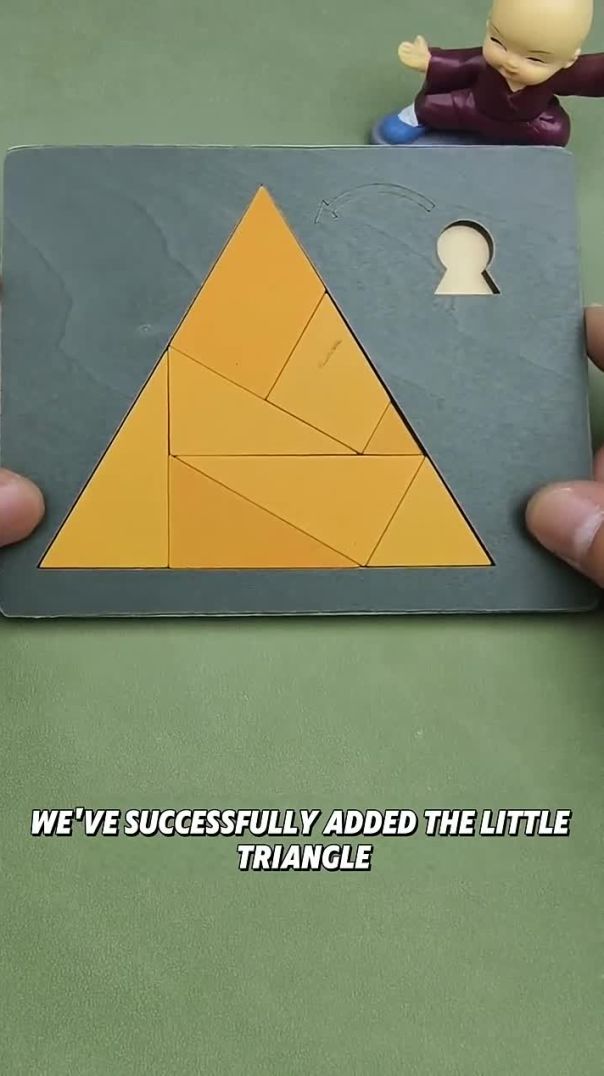
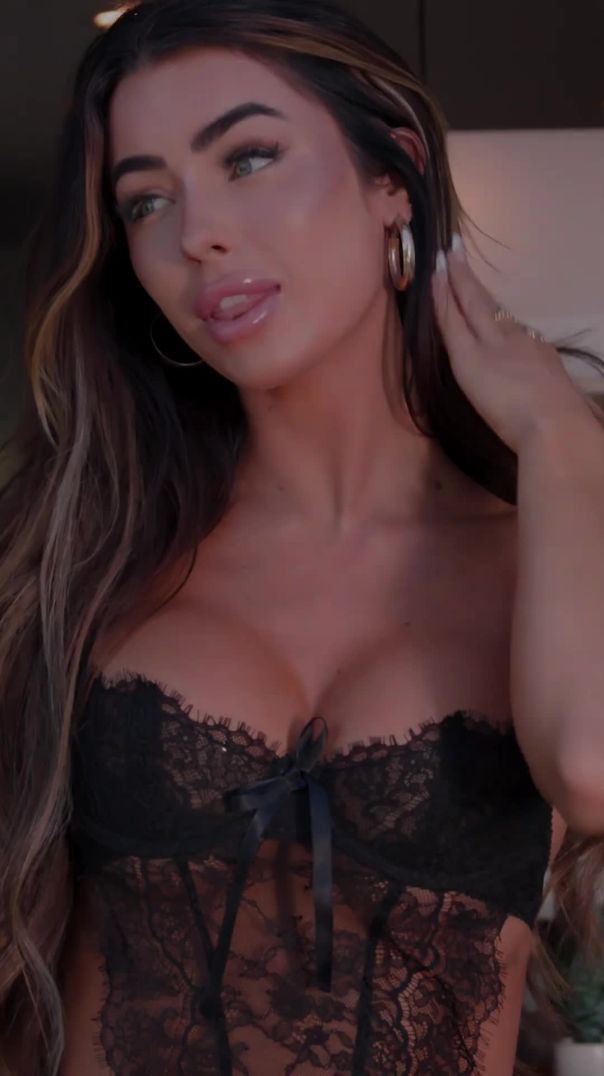
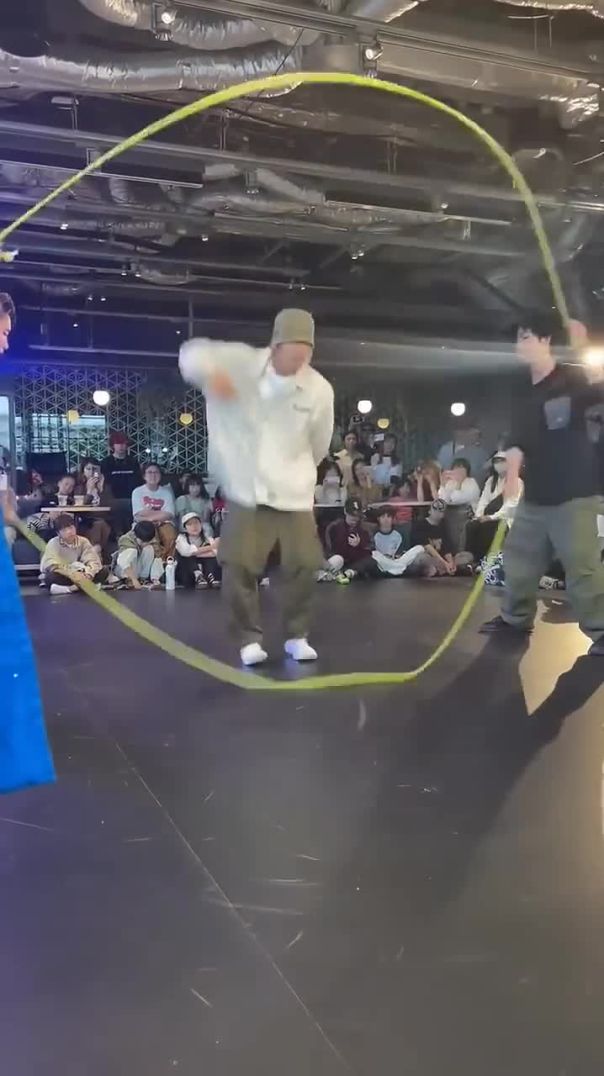
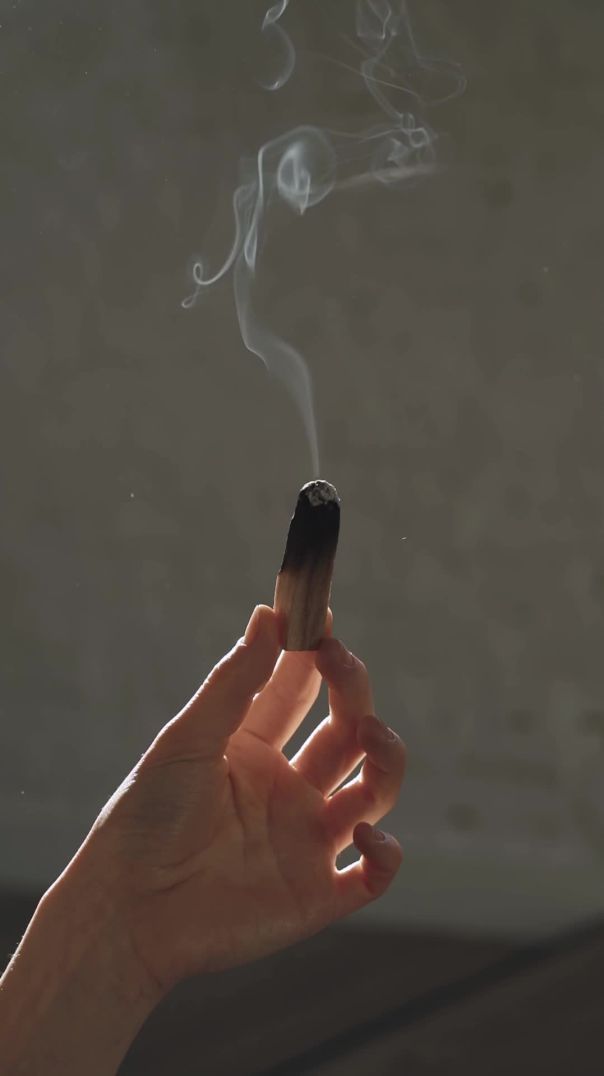
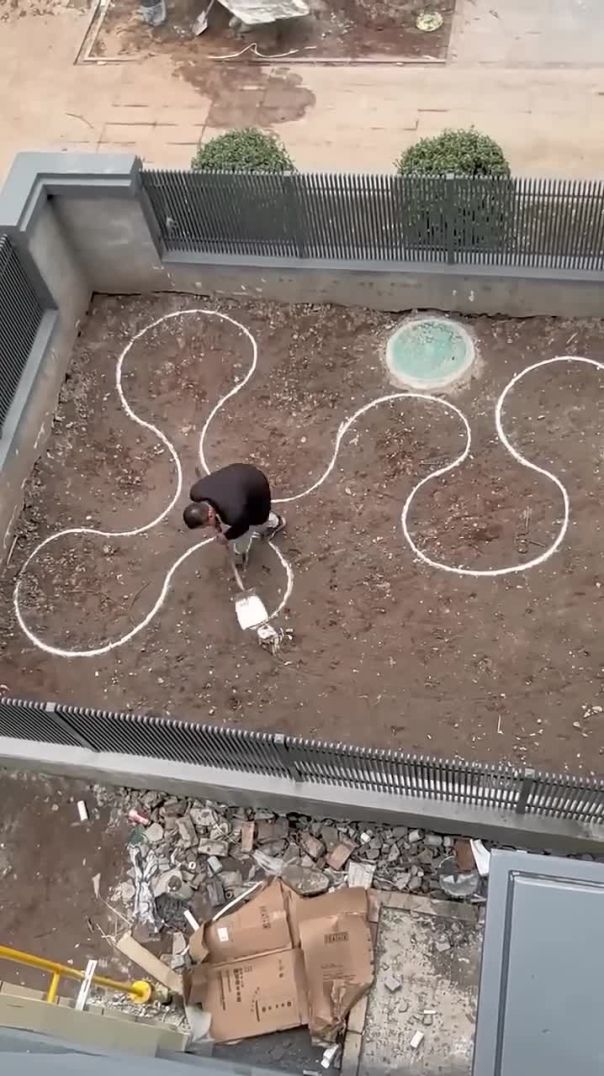



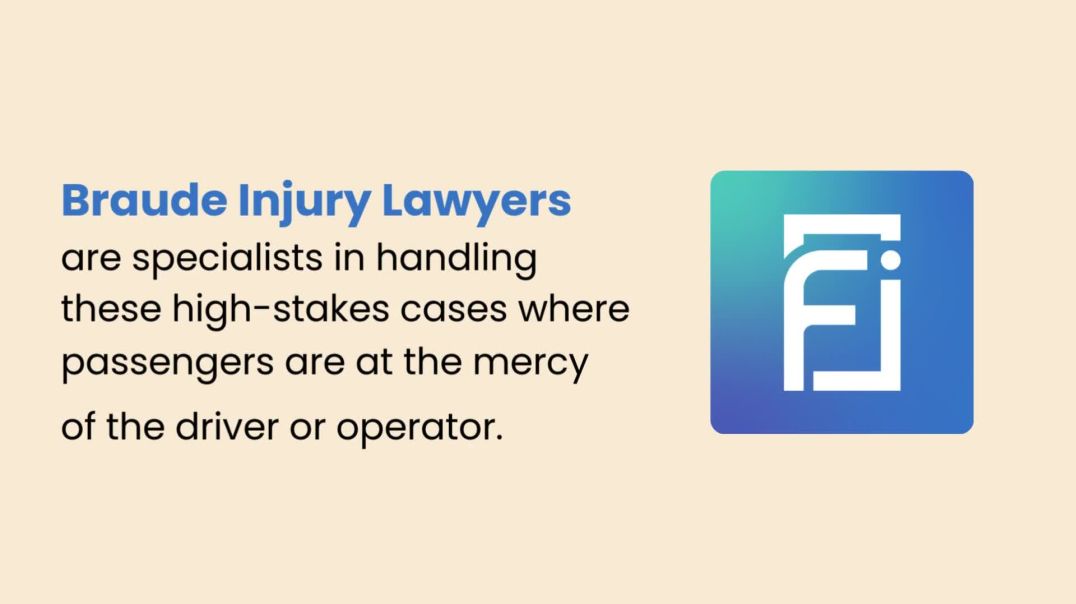












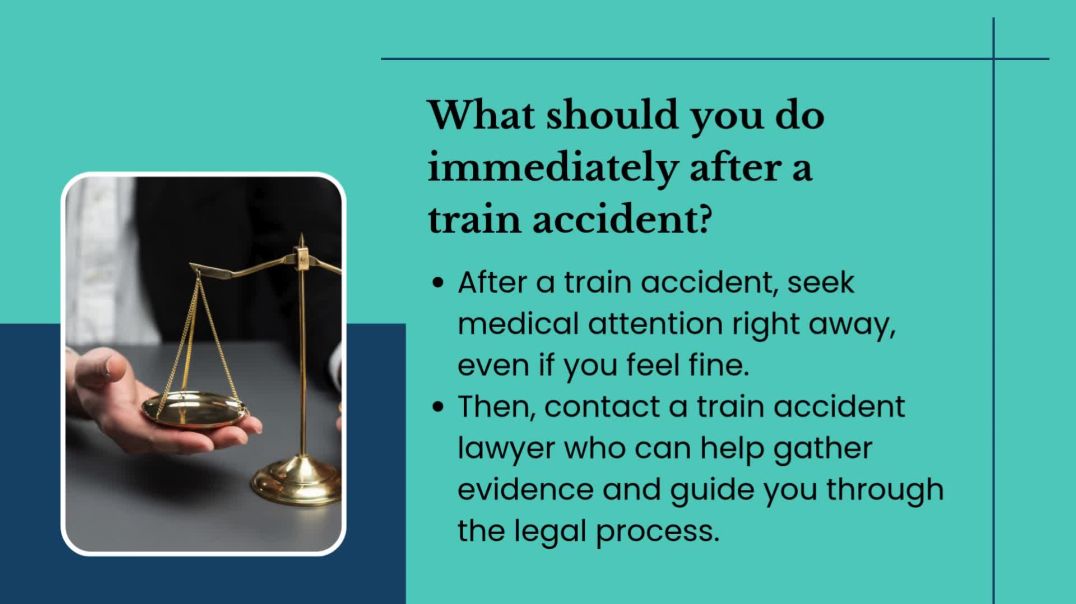





0 Comments